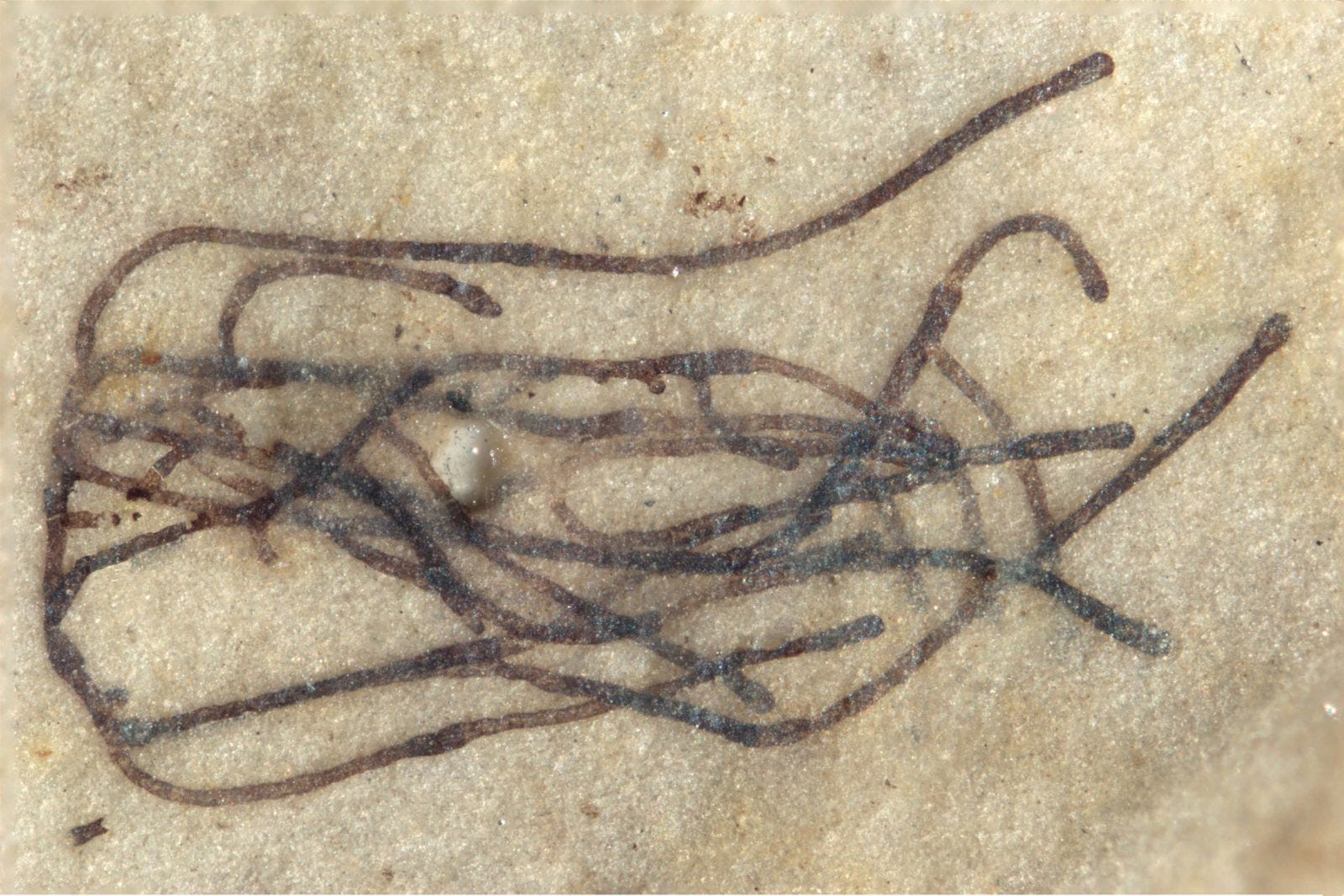
In a new study, scientists explain how life was able to survive against extreme conditions in ‘Snowball Earth.’ Read to know more.
How did life survive on ‘Snowball Earth’?

It took millions of years and several hardships for life to develop on our planet. One such period was the Cryogenic period which lasted about 720 million to 635 million years ago. This was a ‘snowball’ phase where the Earth was a frozen sphere in space. These conditions create difficult situations for the development of a thriving life. In a new study, scientists shed light on how life was able to survive and withstand these difficult conditions.
Scientists found fossilized seaweed in black shale in Hubei province in China. The fossils date from the second of the two times from the period when massive sheets of ice originate from the poles-covered areas up to the equator. The interval is also known as the Marinoan Ice Age and lasted from about 651 to 635 million years ago. Observations reveal the ‘snowball Earth’ period to have more habitable marine environments than previously known. Additionally, the findings support the idea that this was more of a “slushball” period where early complex life forms were able to withstand mid-latitudes.
More on life in the Ice Age
The new study on ‘Snowball Earth’ reveals the oceans were not completely frozen. Instead, habitable refuges exist for multicellular eukaryotic organisms such as fungi, animals plants in addition to protists or single-celled organisms. “The key finding of this study is that open-water – ice-free – conditions existed in mid-latitude oceanic regions during the waning stage of the Marinoan Ice Age,” stated Huyue Song. The song is the lead of the study published in Nature Communications and a Geosciences geobiologist at China University.
“Our study shows that, at least near the end of the Marinoan ‘Snowball Earth’ event, habitable areas extended to mid-latitude oceans, much larger than previously thought. Previous research argued that such habitable areas, at best, only existed in tropical oceans. More extensive areas of habitable oceans better explain where and how complex organisms such as multicellular seaweed survived,” explained Song.
